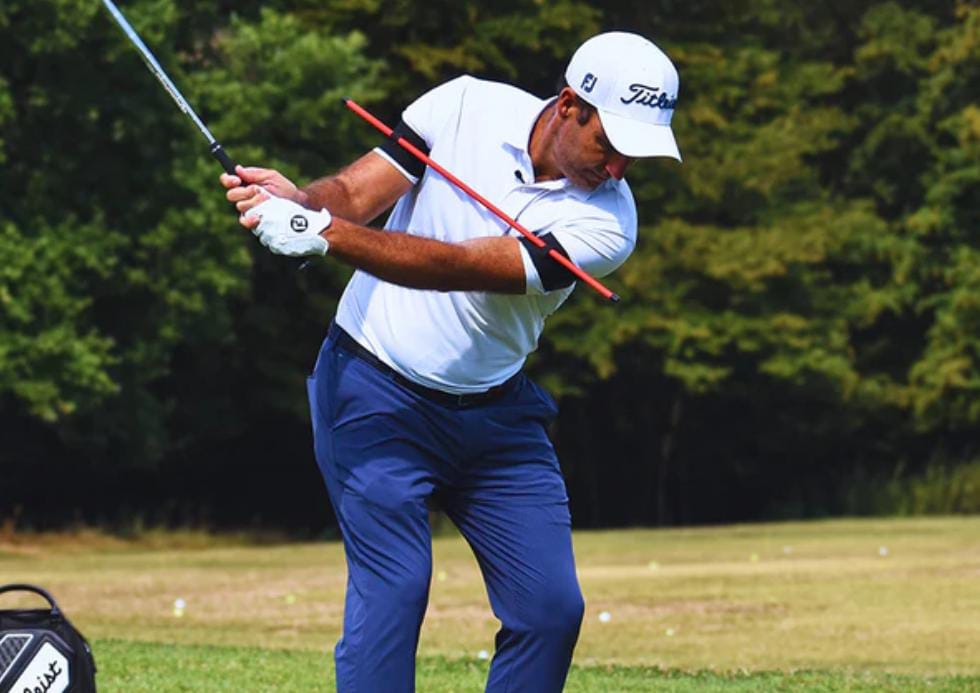What Mistakes to Avoid When Using Golf Training Aids
Golf training aids can be a great asset in improving your game, but using them incorrectly can lead to frustration and slow progress. To get the most out of your training aids, it’s essential to avoid common mistakes. In this article, we’ll highlight some key pitfalls and how to sidestep them for effective practice.
Understanding Golf Training Aids
Before diving into the mistakes, let’s clarify what golf training aids are. These tools help golfers practice specific skills, such as swing mechanics, putting, and alignment. While they can be incredibly beneficial, they need to be used correctly to maximize their effectiveness.
Common Mistakes to Avoid
1. Not Setting Clear Goals
Mistake: Many golfers dive into using training aids without clear objectives.
Solution: Before you start practicing, take a moment to define what you want to achieve. Are you looking to improve your swing, enhance your putting, or work on your grip? Setting specific goals will help you choose the right training aids and stay focused during practice.
2. Over-Reliance on Aids
Mistake: Some golfers become overly dependent on training aids, thinking they can replace actual playing time.
Solution: While training aids are useful, they should complement, not replace, on-course practice. Make sure to take what you learn from the aids and apply it during real games. This will help you integrate new skills into your overall performance.
3. Ignoring Proper Technique
Mistake: Focusing solely on using the aid without paying attention to proper technique can reinforce bad habits.
Solution: Always prioritize good form when using training aids. For instance, if you’re using a swing trainer, ensure your grip and stance are correct. Watching instructional videos or working with a coach can also help you maintain proper technique.
4. Neglecting Consistency
Mistake: Using training aids sporadically rather than regularly can lead to slow progress.
Solution: Create a consistent practice schedule. Even short, regular sessions can lead to better results than infrequent, lengthy practices. Aim to spend time with your training aids a few times a week.
5. Not Tracking Progress
Mistake: Many golfers fail to track their improvement when using training aids, making it hard to see results.
Solution: Keep a journal of your practice sessions. Note what aids you used, the goals you worked on, and any improvements you noticed. This will help you stay motivated and adjust your practice as needed.
6. Using Inappropriate Aids
Mistake: Using training aids that aren’t suited for your skill level can lead to frustration.
Solution: Choose aids that match your current abilities. Beginners may benefit from simple tools, while advanced players can handle more complex aids. Always read reviews or seek recommendations to find the right fit.
7. Ignoring Feedback
Mistake: Failing to pay attention to feedback from training aids can limit improvement.
Solution: Many aids provide instant feedback, such as swing speed or alignment. Take this information seriously and use it to adjust your practice. Don’t be afraid to make changes based on what the aid tells you.
8. Not Mixing Up Practice
Mistake: Sticking to the same training aids and drills can lead to boredom and stagnation.
Solution: Incorporate a variety of training aids and drills into your practice routine. This will keep things fresh and help you work on different skills, preventing plateaus in your improvement.
FAQs
1. How do I know which training aid is right for me?
To find the right training aid, assess your specific needs and skill level. Beginners should look for simple aids that focus on basic techniques, while more advanced players can explore tools that target specific aspects of their game.
2. Can I use multiple training aids at once?
Yes, but be careful not to overwhelm yourself. Using multiple aids can provide a well-rounded practice session, but ensure each aid targets a specific area of improvement. Focus on one or two aids at a time for the best results.
3. How often should I practice with training aids?
Aim to practice regularly, ideally several times a week. Consistent, shorter sessions (15-30 minutes) can be more effective than infrequent long practices. Regular practice helps reinforce new skills and build muscle memory.
4. What should I do if I’m not seeing improvement?
If you’re not seeing improvement, reevaluate your practice routine. Ensure you’re using the right aids, focusing on proper technique, and tracking your progress. Consider consulting a coach for personalized guidance.
5. Are golf training aids suitable for all skill levels?
Yes, there are training aids designed for every skill level, from beginners to advanced players. Choose aids that match your current abilities and focus on your specific areas of improvement to get the most benefit.
Conclusion
Using golf training aids can significantly enhance your skills, but it’s crucial to avoid common mistakes. By setting clear goals, practicing consistently, focusing on proper technique, and paying attention to feedback, you can make the most of your training aids. Remember, the key to improvement is a balanced approach that combines training aids with real on-course experience. Stay dedicated, and you’ll see your game improve!







